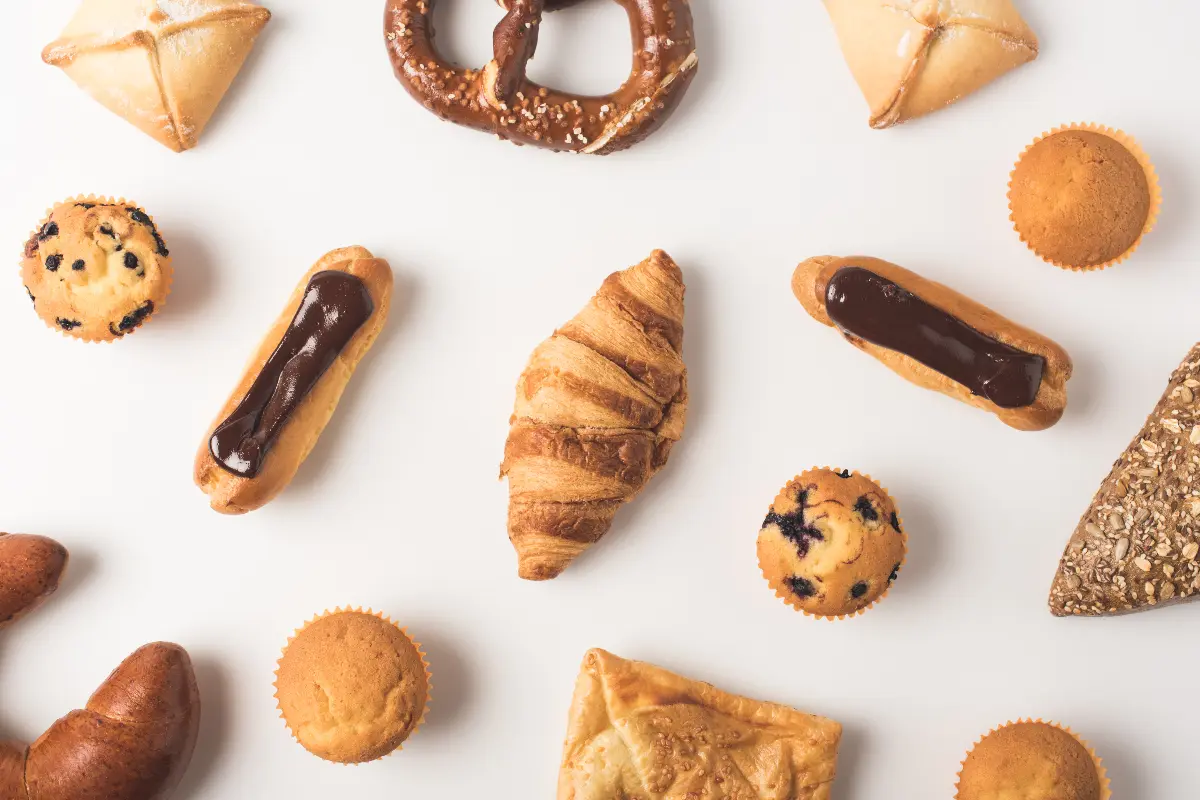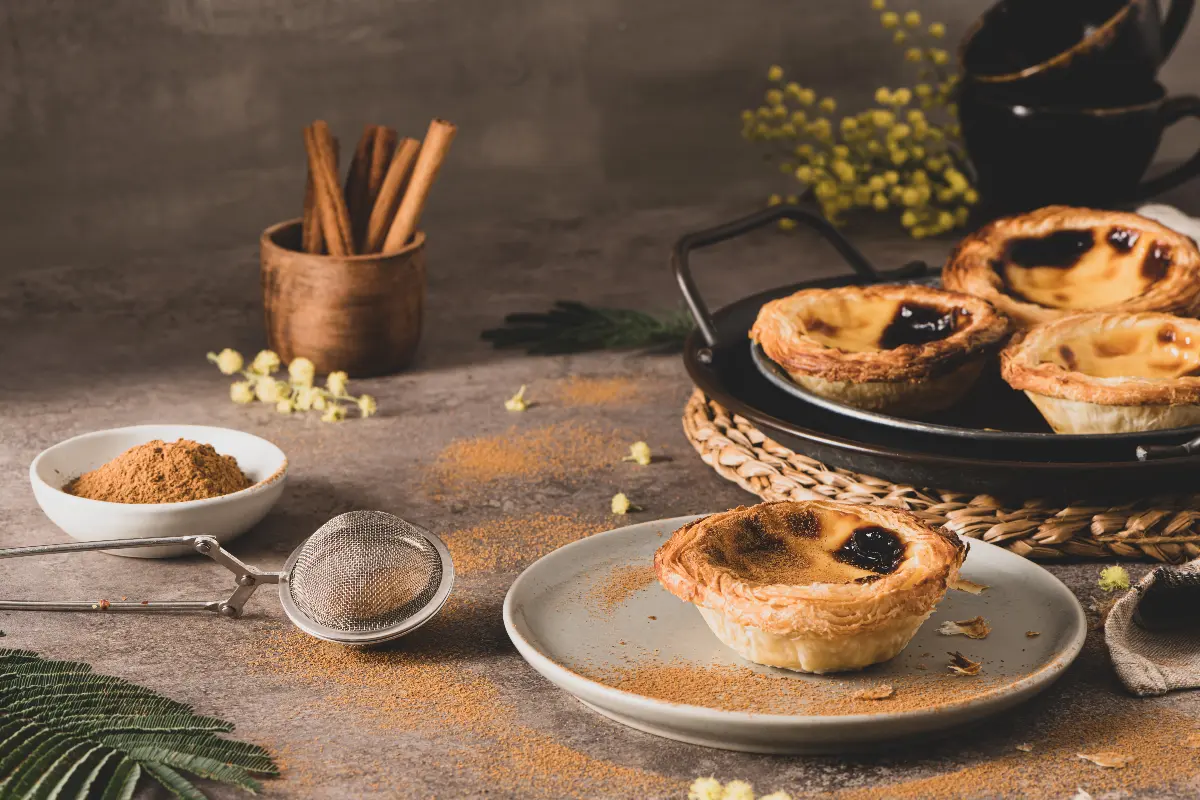Venturing through the aromatic alleys of the world's patisseries, one reveals a tapestry of history, culture, and indulgence bound within the flaky layers, sumptuous fillings, and artful presentations of iconic pastries. Each country flaunts its bakery prowess through creations that have transcended local tastes to achieve global cult status. So, let’s embark on a culinary odyssey and discover five renowned pastries from different corners of the globe, each with its own delectable charm.

We start our journey in France with the Croissant—the quintessential emblem of French pâtisserie. Legend has it that the croissant's crescent shape commemorates the victory of the French army over the Ottomans in the Siege of Vienna in 1683. However, it was the skilled hands of Viennese artisanal bakers that brought the croissant's meticulously layered ancestor, the kipferl, to Paris. With time and French finesse, this buttery revelation has become the hallmark of French breakfasts. Each fold of its delicate pastry whispers tales of dawn pilgrimages to boulangeries, savouring the croissant fresh and amber-hued, with a crisp exterior giving way to a soft, airy core.
Crossing the Alps into Italy, we encounter the Panettone. This Milanese marvel is steeped in legend and tradition, typically reserved for Christmas and New Year’s festivities. It rises to the occasion quite literally, boasting a distinctive domed shape due to its long proofing process. Infused with the zest of candied fruits and the warmth of vanilla, the panettone's fluffy, bread-like texture provides a festive counterpoint to wintry moods and fireside gatherings. The dessert has even inspired competitions among artisanal bakers, each guarding their secret family recipes with a pride as deep as their confections are tall.

Sailing north to Denmark, we find another contender for the breakfast crown: the Danish Pastry—or, as the Danes call it, wienerbrød, acknowledging its Viennese origins. It is believed that the Danish were born out of a bakers' strike in the 1850s, which led bakery owners to hire workers from abroad, including Austrian bakers, who introduced their own baking traditions. The Danish pastry adopts an array of shapes and sizes, often harbouring pockets of sweetened fruit, swirls of cinnamon, or the smoothness of pastry cream. The light, buttery layers and sugar-kissed exteriors make these pastries a beloved companion to coffee across the globe.
Next, we travel to Portugal to pay homage to the Pastel de Nata, a bite-sized custard tart synonymous with Portuguese sweet treats. Its roots entwine with the history of the Jerónimos Monastery, where monks, using egg whites to starch their habits, repurposed the leftover yolks into rich, creamy desserts. The pastel de nata is best enjoyed straight from the oven, when its caramelised top contrasts marvellously with the silky custard and flaky crust. In Lisbon's historic Belém district, the original recipe is still zealously guarded, drawing tourists and locals alike to queue for a taste of this monastic masterpiece.

Our final stop is in Austria, the birthplace of the Vienna-born, French-perfected croissant, but also the homeland of the Strudel. The strudel, with its roots stretching back to the Habsburg Empire, is a testament to the influence of Eastern European cuisine on Austria. Thin sheets of dough are stretched and filled typically with sweet apples spiced with cinnamon, although variations abound with inventive fillings from sweet to savoury. The art of strudel-pulling is passed down through generations, ensuring the pastry’s thinness is such that one can read a newspaper through it—a skill that showcases the high standards of this regal dessert.
Pastries, like all culinary delights, tell stories—of trade routes and familial ties, of secret recipes whispered through generations, and of the shared joy found in a simple bite. From the flakiness of a French croissant to the fruitful bounty of the Danish, the yeasty rise of the Italian panettone to the eggy depths of the Portuguese nata, and the spiced embrace of the Austrian strudel, these five pastries are not just treats. They are edible postcards from around the world, inviting us to explore the richness of global cuisines, transforming each tasting into a voyage of discovery. Whether you’re a discerning epicurean or a casual snacker, these baked marvels promise to transport your senses, reminding us of the boundless creativity and heritage that embellish our world plate.
